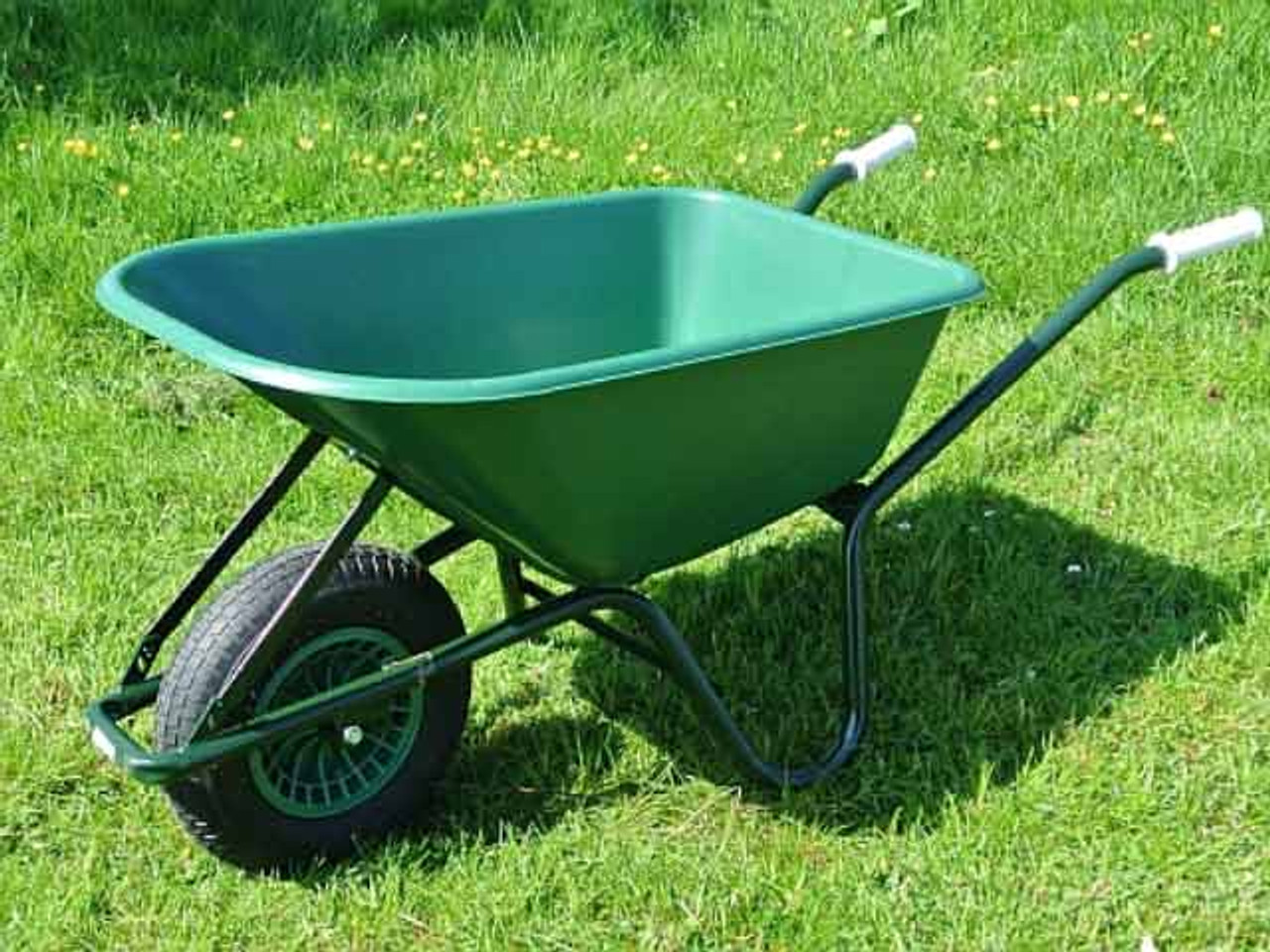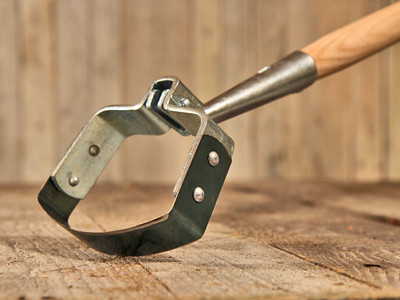Essential Garden Tools
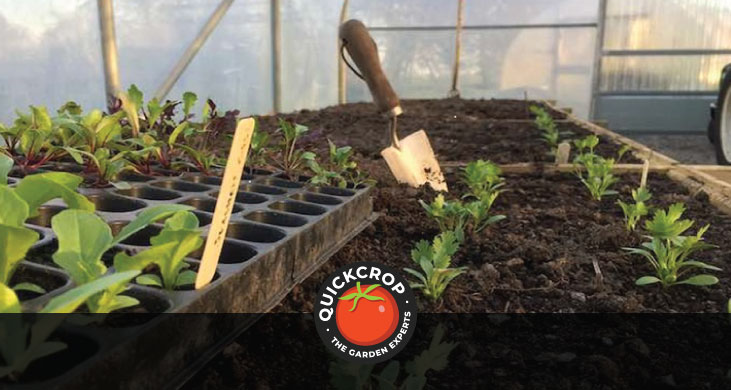
As the garden is currently in the process of springing into life and we have 'work' to do, it might be a good idea to have a look at some of the essential garden tools for vegetable growing. We supply a broad range of options for almost any job but, in truth, there is quite a short list of the things you can't do without and, in my opinion, they are as follows:
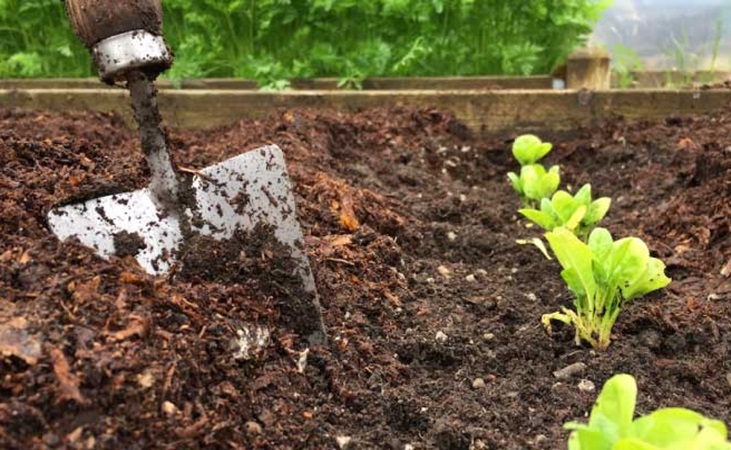
A good trowel
A trowel will be your number one tool for planting, harvesting and weeding - so it makes sense to get the best one you can afford. The options are steel, stainless steel, or copper, with the price increasing as you go through the list.
Your trowel will become your best friend, so a comfortable tool is important (I prefer a wooden handle) as well as good blade design (I find soil annoyingly sticks to blades that are too curved).
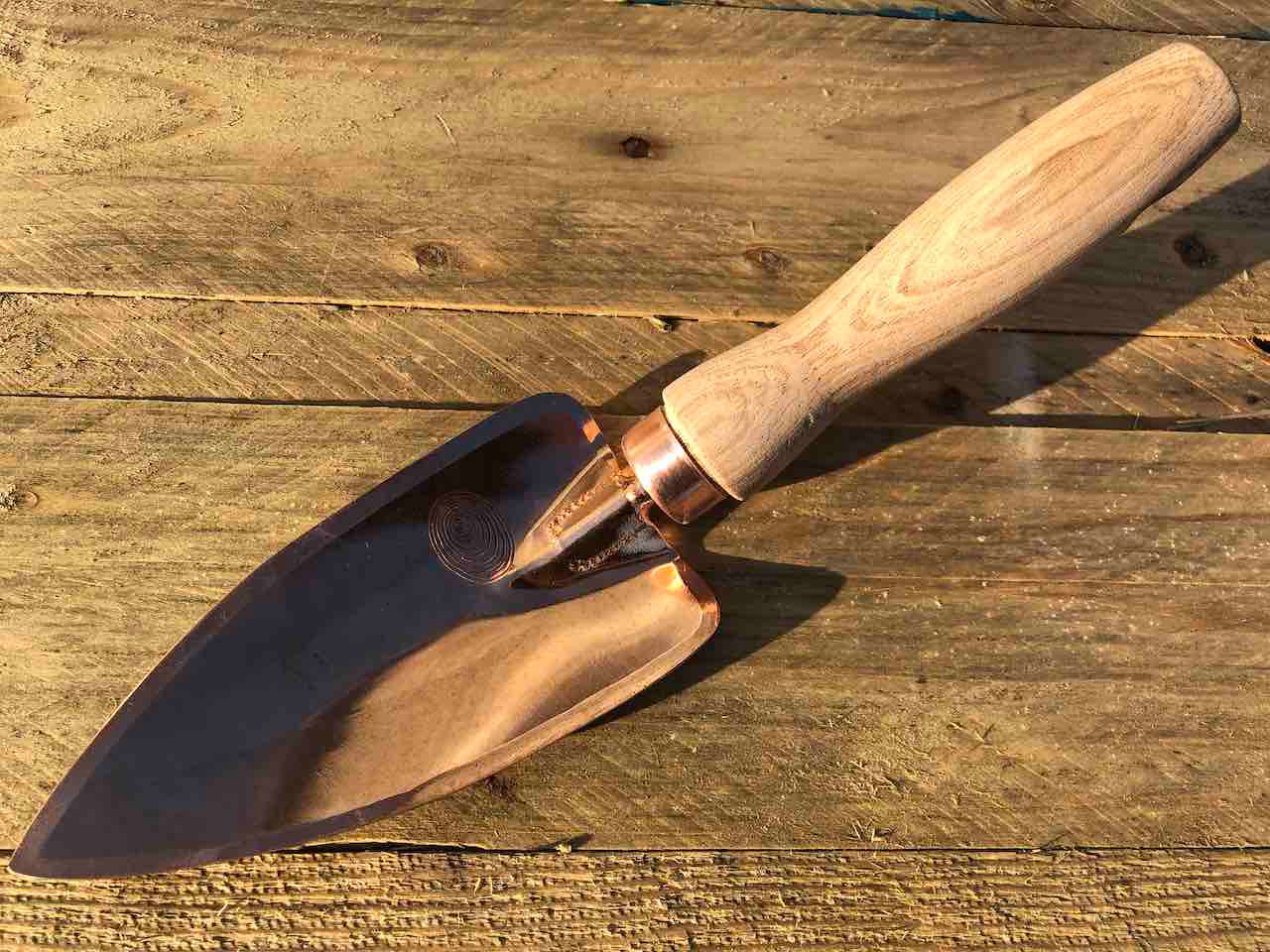
Handmade 'Deva' Copper Transplanting Trowel
View ProductAlthough they are pricey, copper trowels come highly recommended. A copper trowel:
- Won't rust
- Will have sharper and sleeker edges
- Is made from a single piece of metal so won't snap (there is no weld between the shaft and the blade which can be a weak point
- Apparently it is better for your soil and may even deter slugs (although these effects are largely anecdotal and somewhat unproven)

Cushioned Knee Pads in Slate Grey - B/Ball
View Product
Knee pads or a kneeler cushion.
Unless you have titanium knees I would strongly recommend knee protection, as you spend so much time on them and comfort is often the difference between an enjoyable task and a chore.
Each to their own here: Niall prefers knee pads while I use a kneeler cushion. Either way protect those knees, especially when you are getting a bit creaky like us.

The Stirrup Or Oscillating Hoe
View Product
Weeding and Digging Hoes
I am not sure what the criteria is for obtaining hoe status, but we have a number of very different tools in this category covering both digging and weeding hoes.
As you will know if you are a regular reader, I find the oscillating hoe (above) the best tool for weeding. It is sharp and accurate and, once you get the hang of it, probably the easiest and most comfortable to use. If you have a garden of any size, comfort is important, especially something that slides through the ground easily.
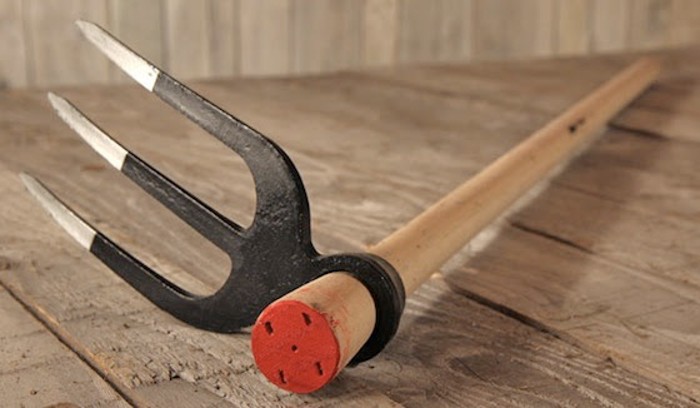
A digging hoe refers to a tool like the Canterbury fork hoe above, where the blade is fixed at right angles to the shaft. The advantage of this design is that the angled blade provides leverage; the working action is to 'throw' the blade into the ground a bit like using an axe and pushing the handle forward to break open the ground.
These tools are predominantly used for clearing ground (there is nothing better), but I use the relatively light fork hoe above for weeding where it is extremely effective at removing deep root perennial weeds.

The Chillington Ridging Hoe (Azada) With Handle
View Product
The other dual purpose digging hoe is the trenching hoe above, which is designed for making seed drills to sow into. I guess this is more for a larger garden, but it's a very versatile tool nonetheless. It can be used for digging and is very good for weeding paths: both for sliding through the gravel and using the point to hoik out stubborn roots.
For heavy duty clearing I would use a hoe with a large blade such as the
Heavy Duty Hoe.

Taifun Austrian Manure Fork
View Product
A manure fork
The difference between a manure fork and a digging fork is that the manure fork has very sharp, widely-spaced curved prongs, while a digging fork is more rigid and compact.
This makes a massive difference when loading or spreading bulky material like seaweed,
manure or compost: the sharp tines slip easily into the pile when lifting, and slide off without sticking when spreading. Anyone who is familiar with this difference will know exactly what I mean.
As per many previous articles, bulky organic matter of various types should form the cornerstone of your garden; so if you don't need a manure fork, you're not gardening properly ;)

Greenman Ergonomic Digging Spade
View Product
A sharp digging spade
While you are better keeping digging to a minimum, a sharp spade is handy for chopping plant material before adding to the compost heap (it will make it break down quicker) and for keeping grass edges etc. neat and tidy.
If you don't use a spade that much you are better with a stainless steel blade, because a rusty steel blade is rough - which makes the soil stick to it. A steel blade is stronger however, and will stay bright with regular use: so your choice will depend on how you garden.

ARS Secateurs CB9
View Product
Secateurs
Again it depends on the size of your garden and whether you are into growing fruit, but a good secateurs is another worthwhile purchase. A cheap one is fine for basic jobs around the vegetable garden, like clearing spent pea and bean vines or chopping stalks for the compost.
For pruning fruit bushes or roses however, a proper high-quality tool will give you a cleaner cut, as well as being easier on your hands and wrist. My absolute favourite is the incredibly sharp Japanese steel ARS range of secateurs.
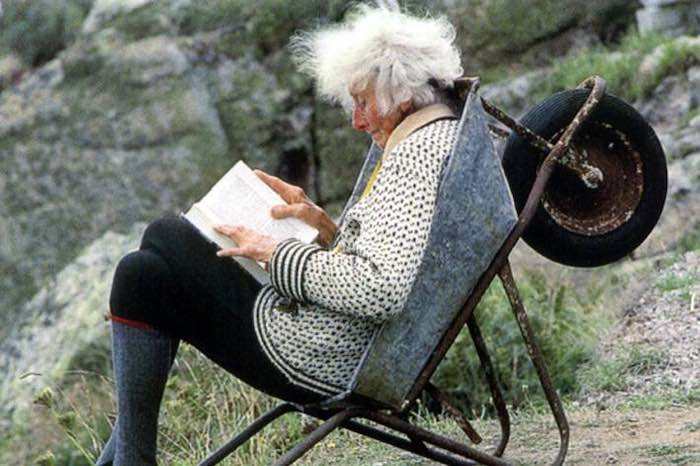
Wheelbarrow
I think it is pretty obvious that for anything but a small urban garden, a wheelbarrow is standard equipment. I don't have anything new to add, other than I find the deeper ones better both for filling and for sitting in! A trick I learned when working as a landscaper is to tip the wheelbarrow on it's handles and use it as a surprisingly comfortable seat.
That's not me in the barrow above obviously, but it is Rowena Cade who built the incredible Minack theatre on the edge of a Cornish cliff, a place I used to frequent when I attended art college nearby. An astonishing story and a spectacular place. We are straying off the point now but you can take a break from me trying to sell you tools now if you like and read about Rowena Cade by clicking
here.
